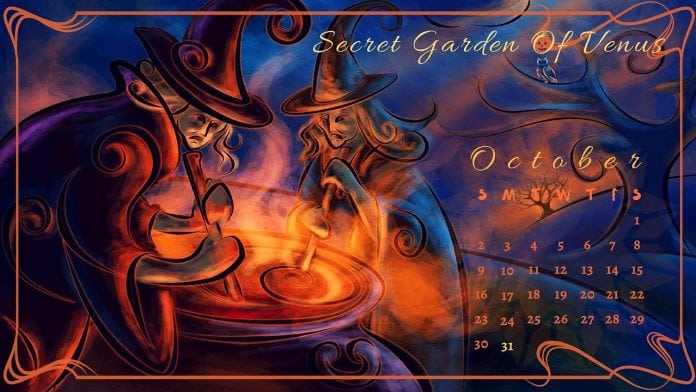
The origin of Halloween is most probably not known to many people. Until a few years back, October 31 actually marked the observation of Hallowe’en, a short variation of All-hallow-even, the evening before All Hallows Day or All Saints Day, on November 1. All Hallows Eves actually represents the fact that after the Romans conquered the Celts in 43AD, they adopted many of their festivals and incorporated them into their own religious celebrations. All Hallows Day was one such example. Originally the day that celebrated numerous pagan festivals, but Pope Gregory III would eventually designate November 1 to mark the Christian feast of All Saints Day, which had moved from May 13. According to the Church, a day started at sunset, which is why celebrations typically started on October 31, the eve of the holiday, All Hallows Day.
Fast forward through the centuries, European immigrants brought their rituals and customs with them to America. There are actually few accounts of Halloween in colonial American history due in part to the large Protestant presences in the Northern colonies and their strict religious beliefs. However, down in the Southern colonies were larger, more mixed European communities had settled, there are some accounts of Halloween celebrations mixing with Native American harvest celebrations.
Halloween starts picking up in the mid 1800s, when nearly two million Irish immigrants fleeing potato famine helped shape Halloween into an even more widely celebrated event. Then, Scottish immigrants celebrated with fireworks, telling ghost stories, playing games and making mischief. There were games such as bobbing for apples, the dropping of forks on apples without using hands, and Puicini, an Irish fortune-telling game using saucers. Young women were frequently told if they sat in dark rooms and gazed into a mirror, the face of their future husbands would appear, however, if a skull appeared, the poor girl would be destined to die before marriage.
Halloween went through a renaissance so to speak in the early 1900s. At that time, the focus had shifted from a religious holiday to a more communal celebration. “Guising” was actually a practice dating back to the middle ages, when the poor would go around asking for food or money. Borrowing from the English and Irish traditions, children adopted the practice of guising and would dress up in costumes. They still didn’t go “door to door ” yet. Instead parties were held and had a more festive atmosphere with colorful costumes. The frightening and superstitious aspects of Halloween had diminished somewhat, and Halloween in America was slowly shedding some of the old European traditions favoring more light-hearted celebrations.
Despite the good natures of some people, Halloween pranks and mischief had become a huge problem in the 1920s and 1930s, mostly because the pranks often turned into vandalism, property damage and even physical assaults. Schools and communities did the best they could to curb vandalism by encouraging the “trick or treat” concept. The Boy Scouts got into the act by organizing safe events like school carnivals and local neighborhood trick or treat outings for children, hoping this would stir troublemakers away.
The earliest known print of the words “Trick or Treat” did not occur until 1934, when a Portland, Oregon newspaper ran an article about how Halloween pranks kept local police officers on their toes. There would be sporadic instances of the phrase “Trick or Treat” used in the media during the 1930s, eventually making its way onto Halloween cards. But the practice we see today, children dressed in costume, going house to house saying “Trick or Treat” did not really come about until the mid 1940s. Today, those original vintage Halloween cards depicting the “Trick or Treat” words are collector’s items.
Today, Halloween is a major commercial holiday. It’s not just for kids anymore. Adults have been hosting Halloween parties for years and what was once a small cottage industry of plastic masks and a hunk of material, has now ballooned into a multi-billion dollar industry that every age group participates in from little kids, to senior citizens and to every college girl dressing up as Alice in Wonderland or a French Maid.
If you are hosting your own Halloween party this year, research a little more, plan what do you need to get and invite people with whom you will have fun.
[amazon_link asins=’B07QH7WP5Q,B018A5RPYU,B07FSKWC8D’ template=’ProductGrid’ store=’dubaichron-20′ marketplace=’US’ link_id=’c78b52fe-cb0a-4bcd-ad35-84484d24aee2′]





































